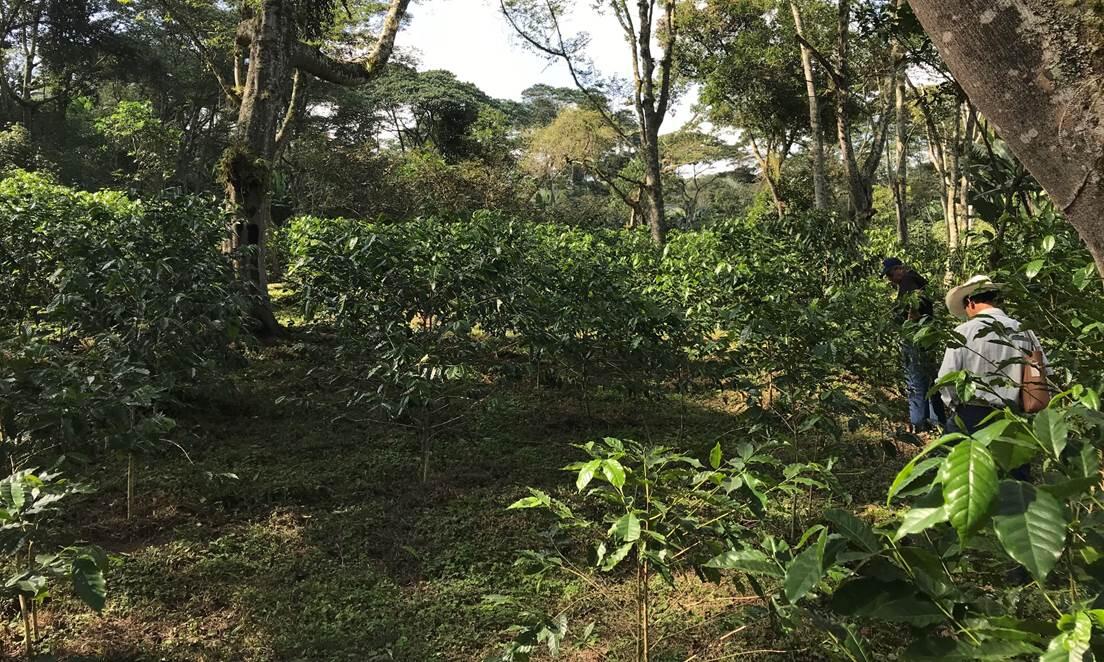Water service fees can help pay for ecosystem preservation in Mexico

URBANA, Ill – The world’s ecosystems quietly keep human beings alive, and we largely do not notice their impacts until they are gone. Take forests, for example, whose services are valued at $4.7 trillion each year. Trees capture and filter water running through the landscape, which maintains aquatic habitat and improves water supplies for drinking and recreation.
Deforestation has diminished ecosystem services to the detriment of many communities, but policies like payments for hydrological services (PHS) can provide funds for preservation efforts. A new study from the University of Illinois explores ways to make these programs more effective, financially sustainable, and adapted to domestic user preferences.
The study focuses on the conservation of forestland to provide hydrological services in Veracruz, one of the most intensely deforested states in Mexico. The region struggles with both water quality and water regulation issues.
“PHS programs in Veracruz had many landowners sign contracts agreeing not to deforest their land, but there were always funding issues. One city had a fee in its water bill contributing to that fund but it was minuscule and not based on an economic study with households; another city had a voluntary fee,” explains Shadi Atallah, associate professor in the Department of Agricultural and Consumer Economics and Center for the Economics of Sustainability (CEOS) at Illinois, and co-author on the paper.
From 1993 to 2000, a combined 8.2 million ha (20.2 million acres) of forests were cleared to make way for agricultural fields and pastures in Mexico. Typically, upstream landowners bear the costs of conserving forest hydrological services, while the benefits go to the downstream water users. In 2001, the Mexican government introduced PHS programs, financed by residential water user fees, to support federal payments to private and communal farmers for forestland conservation.
Atallah and co-authors Ian McGinnis, FTI Consulting, and Ju-Chin Huang, University of New Hampshire, estimate how much residents of two Veracruz cities, Coatepec and Xalapa, are willing to pay for the outcomes of the PHS. They also evaluate households’ preferences for how the PHS is managed and the type of land that is eligible for the payments.
“We found consumers have a significant willingness to pay for the outcomes of the PHS program, including improved water quality and regulated water quantity that leads to fewer floods and droughts,” Atallah explains.
“We also found people are willing to pay more for an NGO (non-governmental organization) to co-administer the program with the local government, and they want to include shade-grown coffee lands, not just forests.”
These results have the potential to vastly improve conservation efforts and enhance the long-term financial sustainability of PHS.
For example, expanding land eligibility to shade-grown coffee can increase the financial base of a PHS program and potentially incentivize coffee farmers to slow or avoid the transition of land from shade-grown coffee to intensive farming.
“This would preserve hydrological and other ecosystem services such as biodiversity and carbon sequestration,” Atallah says.
Determining consumer preferences for PHS characteristics and their willingness to pay is an important step toward establishing new PHS programs and improving existing ones so they are financially sustainable in the long run.
“While we knew households want PHS programs to increase water quantity and regulation (that is, less drought and floods), it turns out they also care about who delivers the program and who gets the payments,” Atallah states.
The researchers say local governments could enhance their PHS programs by evaluating the preferences of their residents in program design and administration. They can use such evaluations to justify changing payment structures, expand eligible types of land, and determine how a PHS is managed for the benefit of the region.
Specifically, the two cities in the study can use the results to redesign their PHS programs. For instance, Coatepec can increase its land eligibility from forest only to shade-grown coffee farms, which can prevent or delay the conversion of these farms to intensive agriculture or pasture, therefore preventing detrimental impacts on hydrological services. Both cities can use the willingness-to-pay estimates in this study to re-define the forest conservation fee in their water bill.
The Department of Agricultural and Consumer Economics and the Center for the Economics of Sustainability (CEOS) are in the College of Agricultural, Consumer and Environmental Sciences, University of Illinois.
The paper, “Households’ preferences for hydrological services in Veracruz, Mexico: The importance of outcomes vs. program design,” is published in Journal of Environmental Management. [https://doi.org/10.1016/j.jenvman.2021.113763]
Funding for the study was provided by the University of New Hampshire’s Collaborative Research Excellence Initiative.